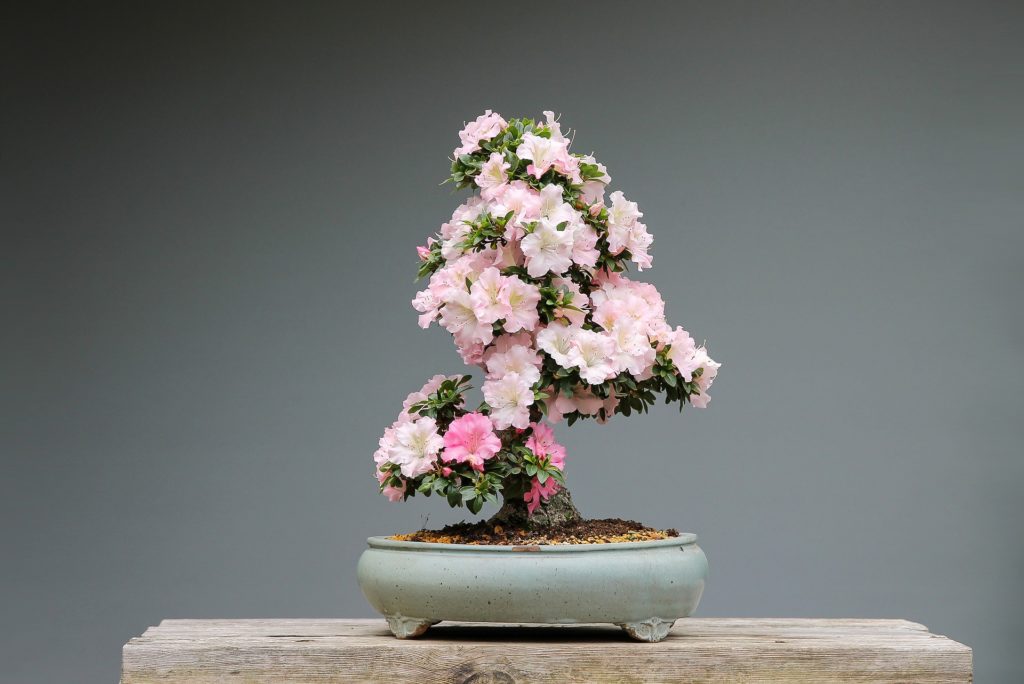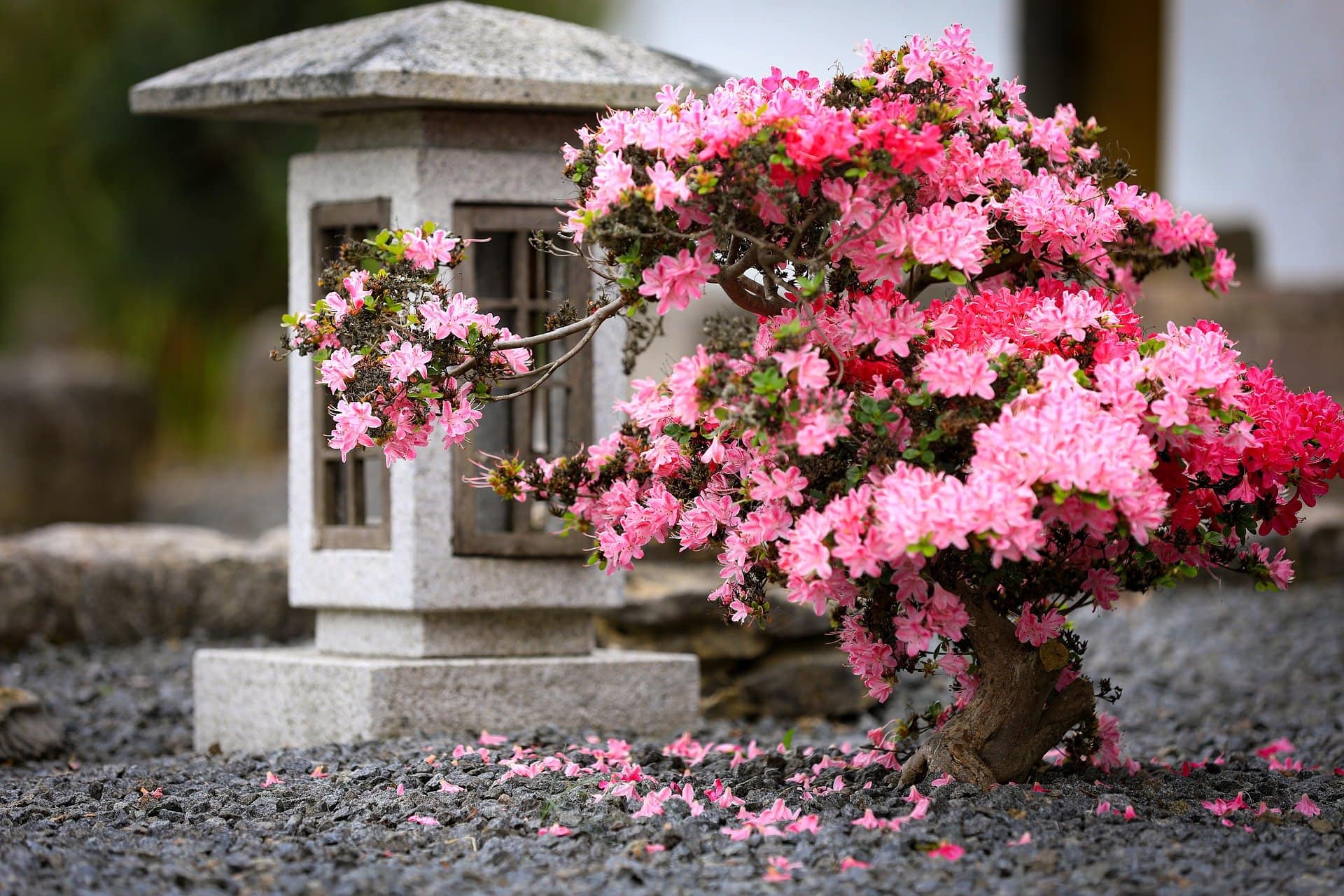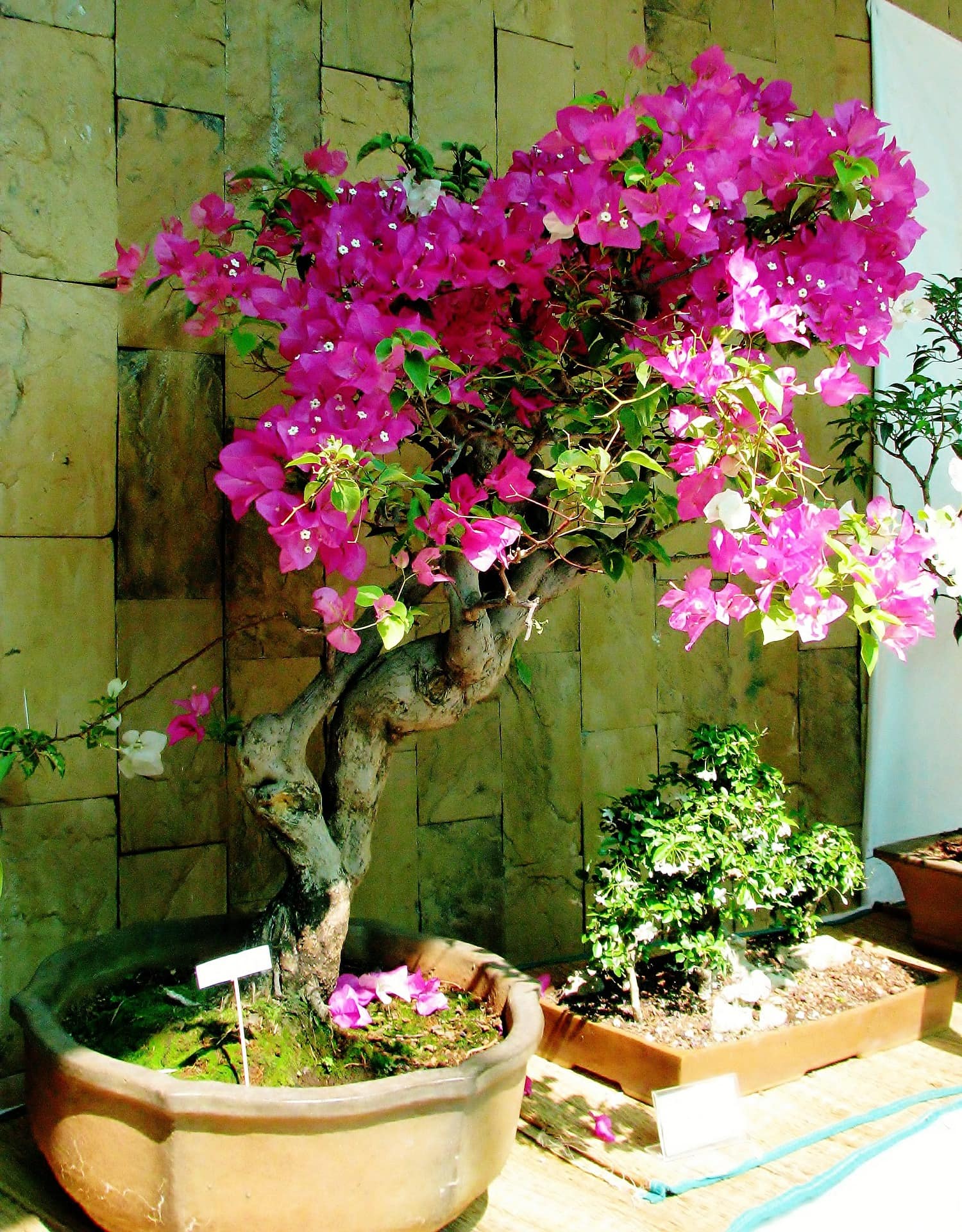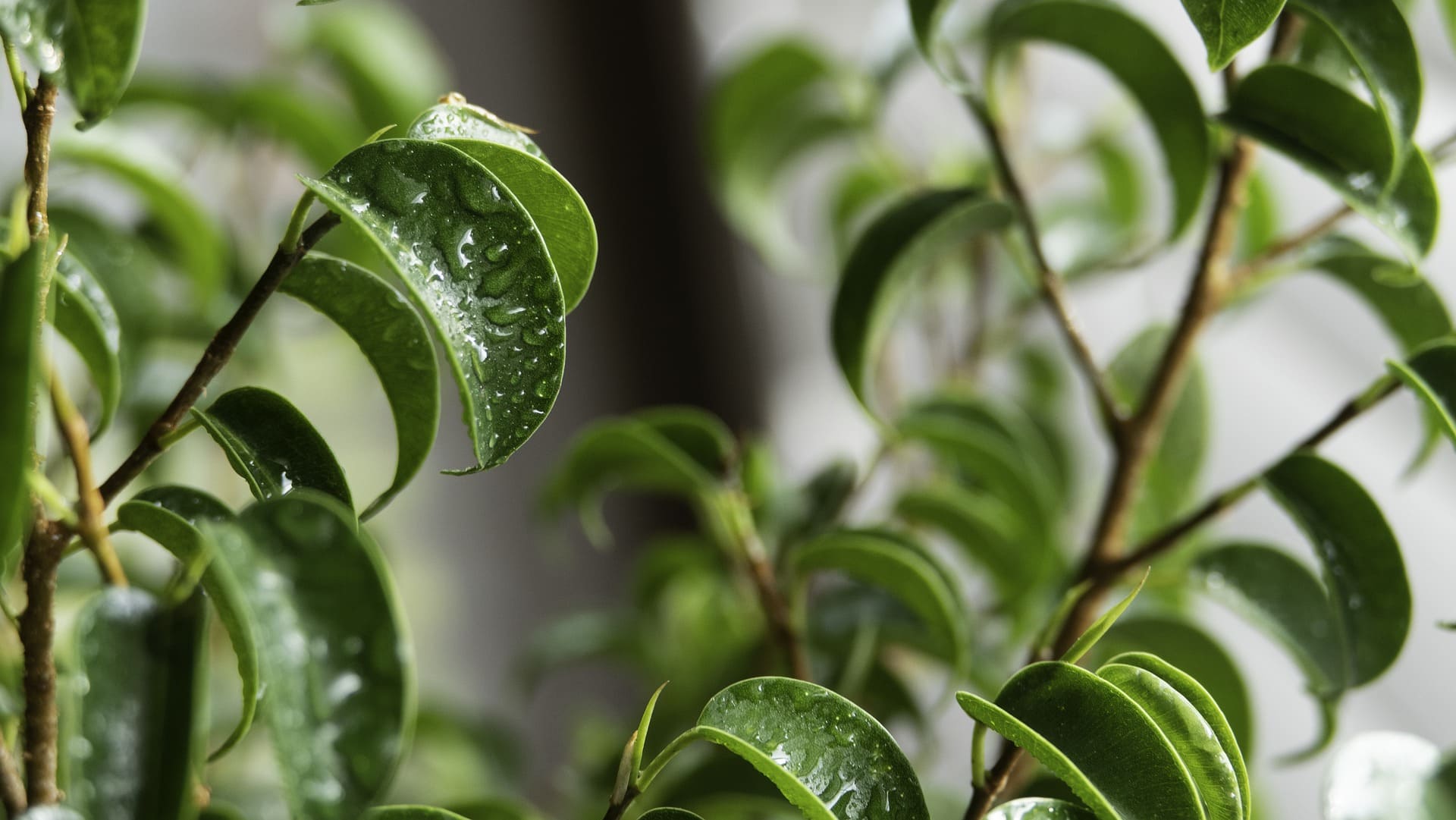13 Different Types of Bonsai Trees
-
Pete Ortiz
- Last updated:

Bonsai trees are wonderful plants that are a wonderful addition to any garden or home. They look attractive and exotic, but they can also be important doorways to meditation and relaxation. If you were thinking about getting a bonsai tree for your home but aren’t sure which kind to get, you’ve come to the right place. We are about to cover several different varieties and for each one will give you a short description and an image so you can see what they look like and learn more about them to help you make an informed purchase.
 The 13 Types Of Bonsai Trees
The 13 Types Of Bonsai Trees
1. Azalea Bonsai

The Azalea Bonsai will require plenty of sunshine except during extreme heat. Protecting it from rain will help the flowers last longer, and it comes in a wide variety of sizes and shapes. The leaves are usually dark green, but the flowers can be many different colors, including pink.
2. Bahama Berry Bonsai
The Bahama Berry Bonsai is a newer variety not available until the 1980s. It usually stands about 20 inches tall and has a woody trunk with small leaves and tiny flowers. It can be difficult to water it correctly, which gave it the popular nickname “I dry, I die,” which mainly people still use today.
3. Bald Cypress Bonsai
The Bald Cypress Bonsai is native to the United States, and you can find it throughout the southern part of the country. It’s a miniature version of a standard tree that can grow up to 100-feet tall. It can have reddish-brown to gray bark and soft, light green, needle-shaped foliage. This tree enjoys a warm sunny environment, so it’s perfect as a window decoration.
4. Bamboo Bonsai
The Bamboo Bonsai is one of the easier plants to grow, especially for inexperienced owners. It’s resilient, has shallow roots, and can withstand some trimming, so it’s a good choice for someone who likes to play. When choosing a Bamboo Bonsai, pick the one with the most leaves.
5. Black Olive Bonsai
The Black Olive Bonsai is one of the most popular varieties due to its tractive appearance and relative ease of growing. It’s a shapeable tree that is perfect for beginners.
- Related Read: 15 Different Types of Olive Trees
6. Bonsai Money Tree
The Bonsai Money Tree is another popular variety that you can find in many households. It’s extremely attractive thanks to its multiple intertwining trunks, and it produces large fruit and a remarkable flower. The Bonsai Money Tree is a token of good luck and fortune that dates back many years.
7. Bougainvillea Bonsai

The Bougainvillea Bonsai gets its name from the French Navy Admiral though France has little to do with it. It’s native to South America, but a French botanist discovered it and is responsible for the name. It’s an attractive plant with pink leaves that many people mistake for flowers. This tree prefers plenty of bright sunshine and enjoys south-facing windows when kept in the house.
8. Boxwood Bonsai
The Boxwood Bonsai has small leaves and a rough bark with dense branches. It’s a broadleaf Evergreen that requires well-drained soil. Most owners keep them outside, but you may grow them indoors if you have a sunny room. The wood gets quite hard, so it’s hard to use wiring on older branches, but it can still be effective if you catch it while it’s still growing.
9. Cactus Combo Bonsai Tree
The Cactus Combo Bonsai is a desert-dwelling plant perfect for people in the southern United States. It usually grows to about 10 inches towel and is easy to care for, requiring less maintenance than most house plants. Watering it once a month and keeping it plenty of sunshine should be more than enough to keep it alive, and there’s no need to prune it or perform other maintenance. It requires no fertilizer, and if part of it dies, you can cut it off, and the remainder of the plant will continue to thrive.
10. Cherry Bonsai Tree
The Cherry Bonsai is another popular tree due to its attractive appearance, but it can be difficult to keep alive and is more suitable to someone with experience growing these types of plants. The hard part is drawing and trimming the branches to maintain a good shape for the tree. Younger trees are more flexible and easier to shape, but the wood gets harder as the tree ages.
11. Ficus Bonsai Tree

The Ficus Bonsai is a type of fig tree that grows in Southwest Asia. It’s an evergreen tree that’s perfect for beginners because it’s easy to grow because they can tolerate low light as well as heating and air-conditioned environments. It requires plenty of nutrient supplements because they leave the soil quickly and are essential for tree growth.
- See also: 16 Types of Ficus Trees (with Pictures)
12. Grapevine Bonsai
The Grapevine Bonsai is a fast-growing tree that requires plenty of maintenance to keep it alive. Unlike regular grapes that grow on vines, the Grapevine Bonsai turns into a small shrub. The owner’s growing techniques will determine the plant’s ultimate size, and it will require plenty of water and indirect sunlight.
13. Jade Bonsai Tree
The Jade Bonsai is one of the shorter varieties of bonsai trees, rarely growing more than 7 inches tall, but the pot size determines how big it can get. It makes an excellent ornamental tree that you can train to grow in different directions, and it can use the skills you learn with this plant on others.
- Related Read: 23 Different Types of Cherry Trees
 Summary
Summary
If you are new to bonsai trees and are looking for something easy to grow, we highly recommend the Jade Bonsai or the Bamboo Bonsai as both are perfect for new growers, and they are fairly easy to find. Other popular varieties include the Bonsai Money Tree and the Black Olive Bonsai. No matter which variety you choose, you’re likely to be happy with your decision, and we’ll have a plant that can last a lifetime.
- You might also be interested in: 25 Different Types of Holly Trees (with Pictures)
Featured Image Credit: ilyessut, Pixabay
Contents

 The 13 Types Of Bonsai Trees
The 13 Types Of Bonsai Trees